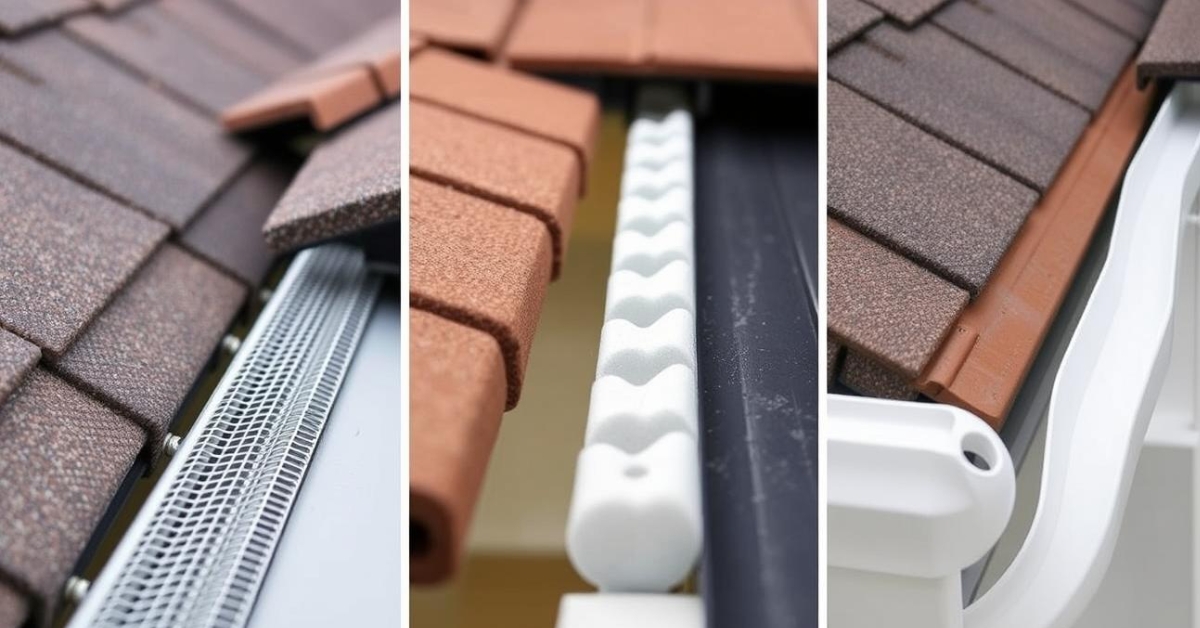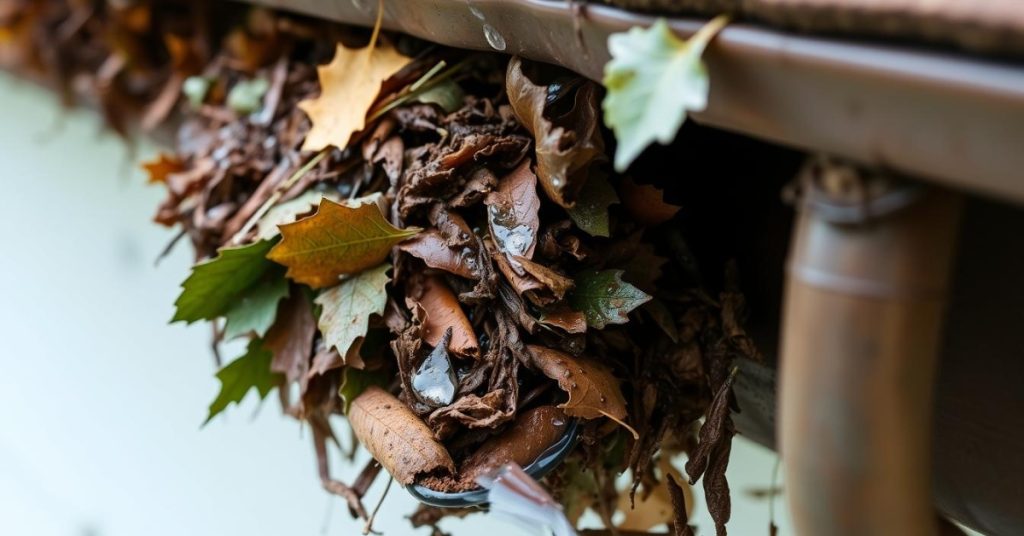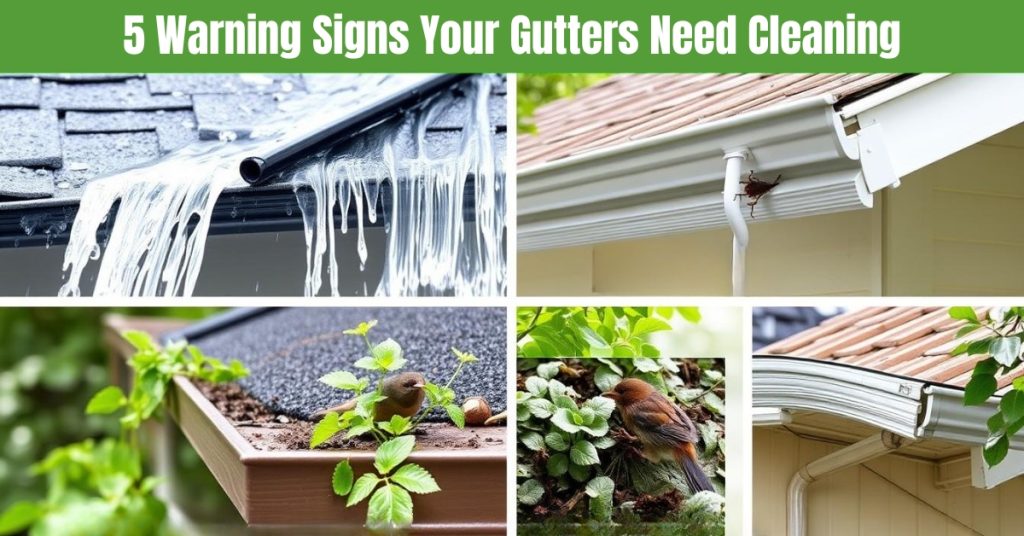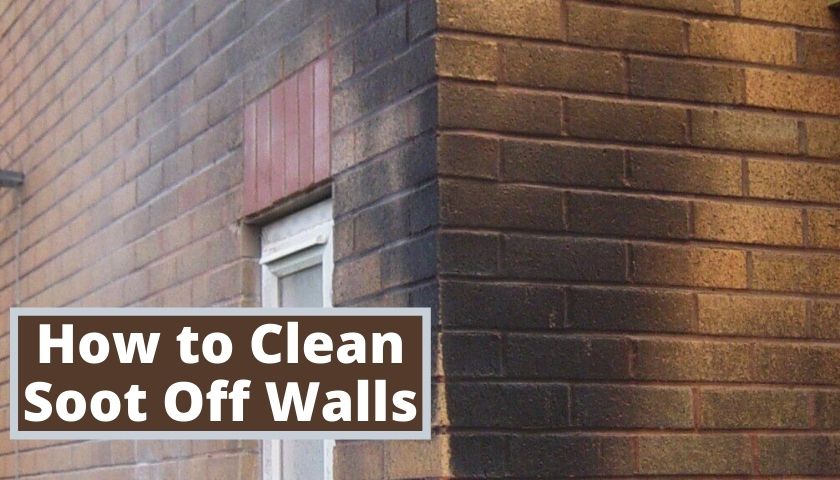How Often Should You Clean Your Gutters? A 2025 Guide to Gutter Maintenance

As an Amazon Associate I earn from qualifying purchases.
Your gutters silently protect your home from thousands of gallons of rainwater each year, but they can only do their job when properly maintained. Neglected gutters quickly become clogged with leaves, debris, and even unwanted plant growth, leading to water damage that can cost thousands in repairs.
In this comprehensive 2025 guide, we’ll explore exactly how often you should clean your gutters, the best times of year for maintenance, and whether those gutter guards really eliminate the need for regular cleaning.
Contents
Why Clean Gutters Regularly?
Regular gutter maintenance isn’t just about aesthetics—it’s about protecting your entire home from water damage. When gutters become clogged, they can’t properly channel water away from your home, creating a cascade of potential problems.

Benefits of Clean Gutters
- Prevents roof and fascia damage from water backup
- Protects the foundation from water erosion and cracks
- Prevents landscape erosion and plant damage
- Reduces pest infestations (mosquitoes, birds, rodents)
- Prevents mold and mildew growth on siding
- Extends the lifespan of your gutter system
- Maintains your home’s curb appeal and value
Risks of Neglected Gutters
- Water damage to the roof, fascia, and soffit
- Foundation cracks and basement flooding
- Landscape erosion and plant damage
- Pest infestations in standing water
- Mold and mildew growth on exterior walls
- Ice dams in winter cause roof damage
- Premature gutter system failure requiring replacement
When water overflows from clogged gutters, it can seep into your foundation, creating cracks that compromise your home’s structural integrity. In winter, backed-up water can freeze, creating ice dams that force water under your shingles and into your home. The cost of repairing this damage far exceeds the investment in regular gutter maintenance.
How Often Should You Clean Your Gutters?
The standard recommendation is to clean your gutters at least twice per year. However, this frequency can vary significantly based on several factors specific to your home and environment.

Recommended Cleaning Schedule Based on Your Environment
| Environment | Recommended Cleaning Frequency | Best Times |
| Few or no trees nearby | 2 times per year | Late spring and late fall |
| Moderate tree coverage | 3 times per year | After major storms + a regular schedule |
| Heavy tree coverage | 4 times per year | Early spring, early summer, early fall, late fall |
| Pine trees nearby | Every 3 months | Quarterly maintenance |
| Storm-prone areas | After major storms + regular schedule | Post-storm inspection plus seasonal cleaning |
3 Factors That Affect Cleaning Frequency
1. Tree Coverage
Homes surrounded by deciduous trees (especially oak, maple, and elm) will need more frequent cleaning, particularly in the fall. Pine trees shed needles year-round, requiring quarterly cleaning.
2. Regional Climate
Homes in areas with heavy rainfall, frequent storms, or hurricane seasons require additional inspections and cleaning after major weather events.
3. Roof Condition
Older roofs shed more granules and debris, which accumulate in gutters. Steep roofs also tend to channel more debris into gutters during rainfall.
Do Gutters With Guards Still Need Cleaning?
Gutter guards can significantly reduce maintenance requirements, but contrary to some marketing claims, they don’t eliminate the need for cleaning entirely. Different types of guards offer varying levels of protection and maintenance requirements.
Gutter Guard Types and Maintenance Needs
| Guard Type | Effectiveness | Cleaning Frequency | Maintenance Notes |
| Mesh Guards | High for larger debris, moderate for small particles | 1-2 times per year | Allows water flow, but small debris can accumulate at the bottom |
| Reverse Curve/Surface Tension | High for most debris | Once per year | Can become overwhelmed during heavy rainfall; periodic inspection needed |
| Foam Inserts | Moderate | 2 times per year | Can harbor mold and small debris; degrades over time |
| Bottle Brush | Moderate | 2 times per year | Allows water flow but small debris can accumulate at the bottom |
| Micro-Mesh | Very high | Once per year | The surface may need occasional cleaning; the best overall performance |
Even with guards installed, you should visually inspect your gutters at least twice yearly. Guards can become separated from the gutter, allowing debris to enter, or the surface of the guards themselves may need cleaning to maintain proper water flow.
Pro Tip: Gutter Guard Maintenance
For homes with gutter guards, schedule an annual professional inspection to ensure the guards remain properly attached and functioning. This is especially important after severe weather events that may have damaged or dislodged guards.
Best Times of Year to Clean Gutters

Timing your gutter cleaning strategically can maximize effectiveness and reduce the frequency of necessary maintenance. The optimal schedule aligns with seasonal changes and local environmental factors.
Ideal Cleaning Schedule by Season
Late Fall
Priority: Highest
After most leaves have fallen (typically in November). This is the most critical cleaning of the year to prevent winter ice dams and water damage.
Early Spring
Priority: High
After winter storms (typically March-April). Removes twigs, seed pods, and debris accumulated during winter before spring rains begin.
Mid-Summer
Priority: Medium
For homes with many trees (typically in July). Removes seed pods, and early leaf drop, and checks for pest infestations during the growing season.
After Storms
Priority: As Needed
Following severe weather events. Heavy winds and rain can fill gutters with debris overnight, requiring immediate attention.
Regional Adjustments to Cleaning Schedule
Hurricane-Prone Areas
In regions susceptible to hurricanes or tropical storms, clean gutters before hurricane season begins (typically May) and inspect after each major weather event.
Heavy Snowfall Regions
In areas with significant snowfall, ensure thorough cleaning before the first freeze to prevent ice dams. Consider mid-winter cleaning during thaws if possible.
Desert/Arid Climates
Even in dry regions, dust and debris accumulate in gutters. Schedule cleaning before monsoon or rainy seasons to ensure proper water channeling during infrequent but often intense rainfall.
Heavily Wooded Areas
Homes surrounded by dense tree coverage may require quarterly cleaning, with additional attention during peak leaf-dropping seasons.
Signs Your Gutters Need Cleaning
Sometimes your gutters may need attention outside your regular maintenance schedule. Being able to recognize these warning signs can help you address problems before they cause damage.

Visual Indicators
- Water spilling over gutter edges during rain
- Sagging or pulling away from the roofline
- Plants or weeds growing in gutters
- Visible debris accumulation from ground level
- Staining or watermarks on siding
Performance Issues
- Minimal or no water flow from downspouts during rain
- Water is pooling around the foundation after rainfall
- Basement dampness or flooding after storms
- Ice dams forming on the roof edges in winter
- Landscape erosion beneath gutter lines
Pest Indicators
- Birds frequently perching on gutters
- Mosquitoes breeding in standing water
- Ants or other insects traveling along gutters
- Evidence of nesting materials in downspouts
- Rodent activity near the roofline
“The most expensive gutter cleaning is the one you didn’t do. A $150 maintenance service can prevent thousands in water damage repairs.”
— Home Maintenance Expert
How to Get Gutters Cleaned
When it comes to gutter maintenance, you have two primary options: DIY cleaning or hiring professional services. Each approach has its advantages and considerations.
1. DIY Gutter Cleaning
Required Tools
- Sturdy extension ladder with stabilizer
- Work gloves and safety glasses
- Gutter scoop or garden trowel
- Garden hose with spray nozzle
- Bucket for debris collection
- Plastic tarp to protect landscaping
Safety Precautions
- Never work alone—have someone spot your ladder
- Avoid metal ladders near power lines
- Maintain three points of contact on the ladder at all times
- Don’t overreach—move the ladder instead
- Wear non-slip footwear
- Avoid working in wet, windy, or icy conditions
Safety Warning
According to the CDC, falls from ladders account for over 164,000 emergency room visits annually. Gutter cleaning is one of the most common causes of ladder-related injuries.
2. Professional Gutter Cleaning
2025 Cost Estimates
| Home Size | Average Cost Range | Frequency Discount |
| Single story | $125-$175 | 10-15% for 2x yearly |
| Two story | $175-$250 | 10-15% for 2x yearly |
| Three+ story | $250-$375+ | 15-20% for 2x yearly |
Questions to Ask Providers
- Are you licensed, bonded, and insured?
- What does your service include? (cleaning, flushing, debris removal)
- Do you offer gutter inspection with cleaning?
- How do you handle minor repairs discovered during cleaning?
- Do you offer maintenance plans with discounted rates?
- What safety protocols do your technicians follow?
2025 Trend: Smart Gutter Monitoring
New sensor technology can now alert homeowners when gutters need cleaning by monitoring water flow and debris accumulation. Ask your service provider if they offer installation and integration with home maintenance apps.
2025 Updates: Eco-Friendly Gutter Maintenance
The gutter cleaning industry is evolving with new technologies and approaches that make maintenance more environmentally friendly and efficient.
Biodegradable Cleaning Solutions
New plant-based cleaning formulas effectively remove mold, algae, and stains without harmful chemicals that can damage landscaping or contaminate groundwater.
Rainwater Harvesting Integration
Modern gutter systems can now be integrated with rainwater collection systems, turning maintenance into an opportunity for water conservation.
Vacuum-Based Cleaning
Ground-based vacuum systems allow for gutter cleaning without ladders, improving safety while collecting debris for proper composting.
Sustainable Gutter Maintenance Tips
- Compost collects organic debris rather than sending it to landfills
- Choose gutter guards made from recyclable materials
- Install rain barrels to capture and reuse water from downspouts
- Select cleaning services that use electric or manual equipment rather than gas-powered tools
- Consider copper gutters for longevity (80+ years vs. 20 years for aluminum)
Conclusion
Regular gutter cleaning helps protect your home from water damage and costly repairs. Whether you clean them yourself or hire a pro, keep a consistent schedule based on your climate and surroundings. Even with gutter guards, occasional checks are still needed. Staying proactive saves you money and keeps your home in good shape.
Frequently Asked Questions
When should you get the gutters cleaned?
Spring and fall are the best times to clean gutters. This helps prevent clogs before heavy rain or leaf fall.
How often should I have my gutters cleaned?
At least twice a year is recommended. If you have trees nearby, you may need it more often.
How often is gutter cleaning needed in rainy areas?
In heavy rainfall zones, clean gutters every 3–4 months. It helps prevent overflow and water damage.
What happens if I don’t clean my gutters?
Clogged gutters can cause roof leaks, water damage, and mold. Ignoring it may also attract pests.
Can I clean gutters myself, or should I hire a pro?
DIY is possible with safety tools and care. But hiring a pro saves time and reduces the risk of injury.
As an Amazon Associate I earn from qualifying purchases.








